CO2
Latest
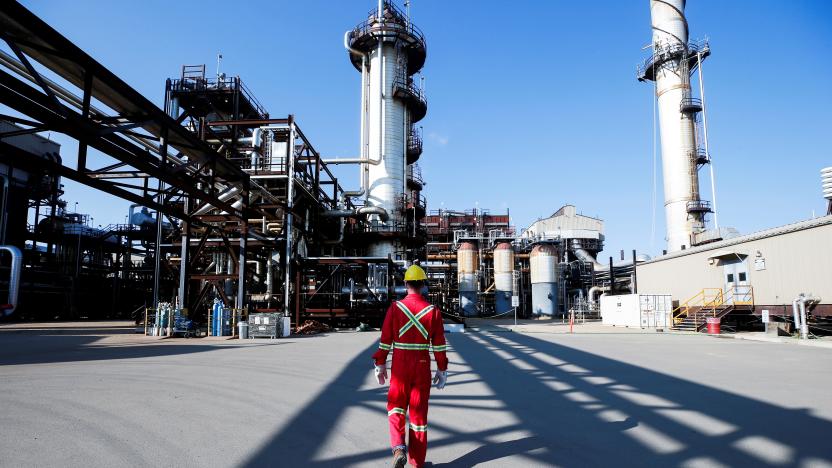
US Department of Energy wants to dramatically reduce the cost of carbon capture technology
The US Department of Energy wants to accelerate the development of carbon capture technology. On Friday, the agency announced a program called Carbon Negative Shot.
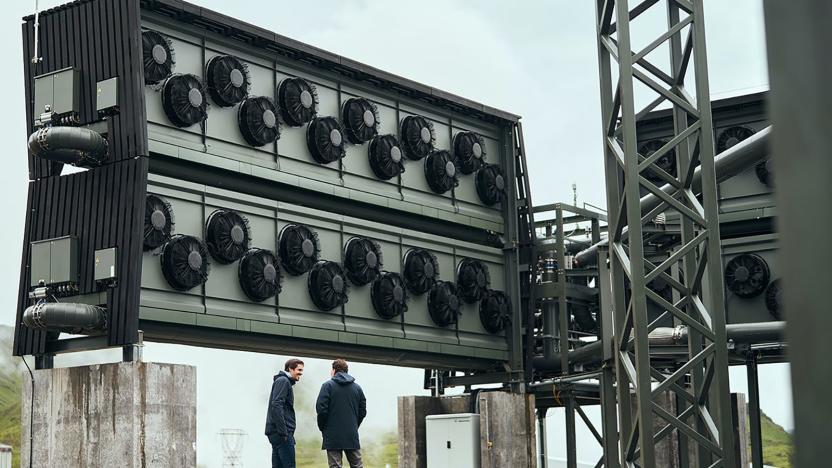
The largest direct carbon capture plant is now making a small impact on emissions
The world's largest carbon capture plant is now up and running, although it will take a long time for these facilities to make a difference.
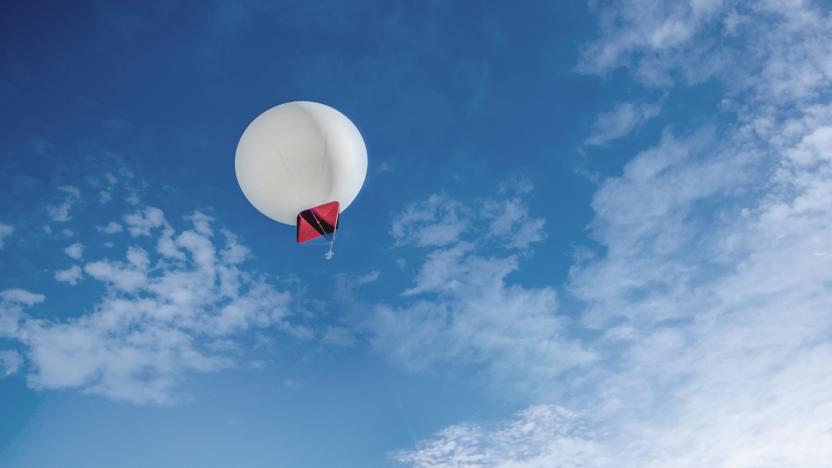
High Hopes plans to extract atmospheric CO2 with hot air balloons
Freezing CO2 is easier just below the stratosphere.

Elon Musk's $100 million carbon capture XPrize competition starts today
After teasing it last month, Elon Musk has unveiled his $100 million XPrize competition with the lofty aim of removing carbon from the atmosphere to help stem climate change.
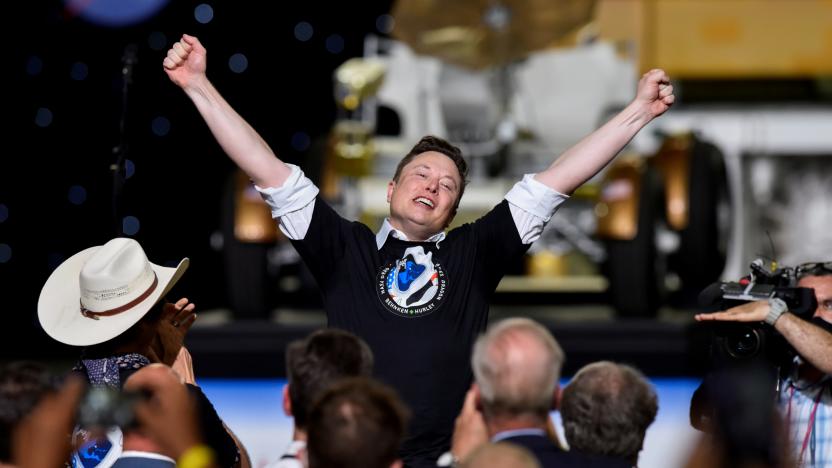
Elon Musk announces $100 million prize for new carbon capture tech
Yet for being among the wealthiest people on the planet, Musk’s philanthropic track record over the years has been paltry compared to the likes of Jeff Bezos.

Scientists turn CO2 into jet fuel
Scientists have turned CO2 into jet fuel, hinting at a future where aircraft could have net zero emissions without relying on electric motors.
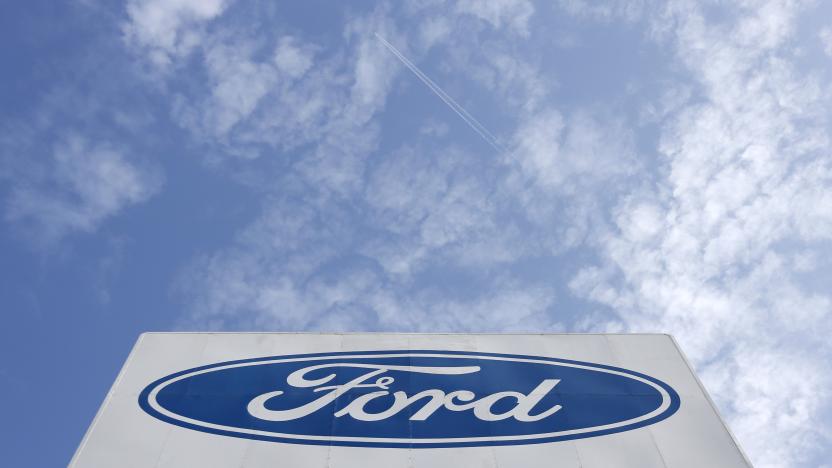
Ford sets 2050 target for carbon neutrality
Ford wants to be carbon neutral by 2050.
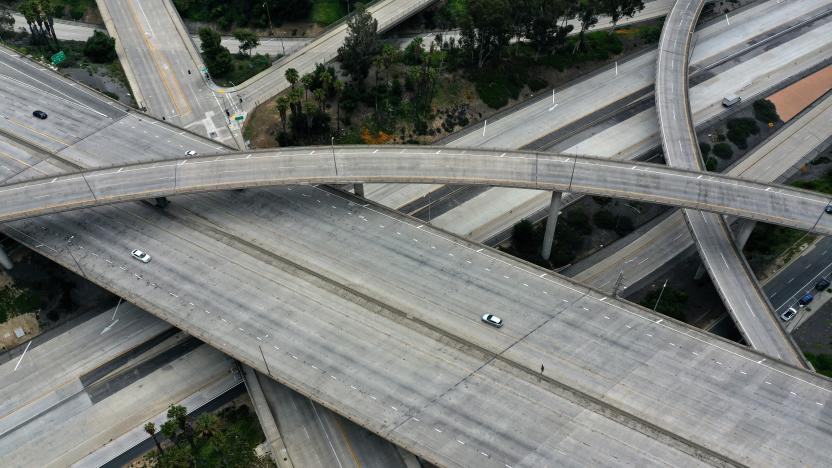
Atmospheric CO2 hits a record high while emissions drop
New data published by the Scripps Institution of Oceanography shows that the concentration of CO2 in the atmosphere has reached a record monthly high of 417 parts per million (ppm).
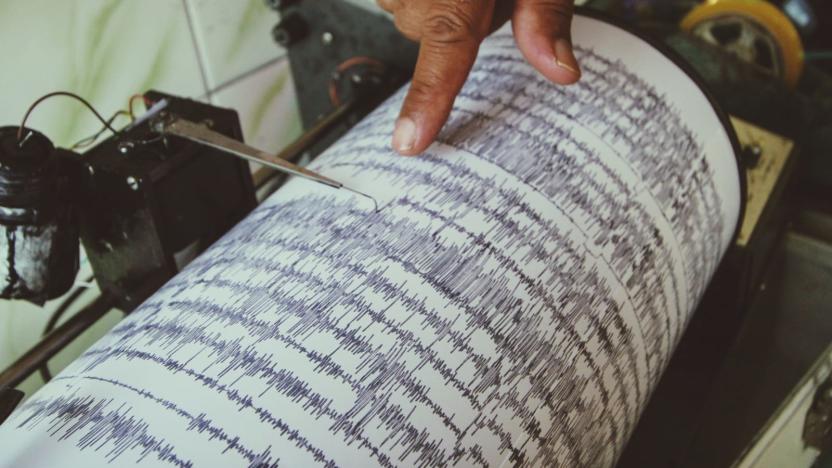
AI can help find more places to store captured CO2 underground
Scientists dream of storing captured CO2 emissions underground, but it can be tricky to find pockets for storing those emissions -- Earth's seismic "hum" makes it difficult to spot the low-frequency waves that would best help map the subterranean landscape. That might not be a challenge in the future thanks to AI. MIT scientists have developed a machine learning system that uses earthquakes to accurately estimate those low-frequency waves and map underground structures. The trick, according to researchers, was in the training.
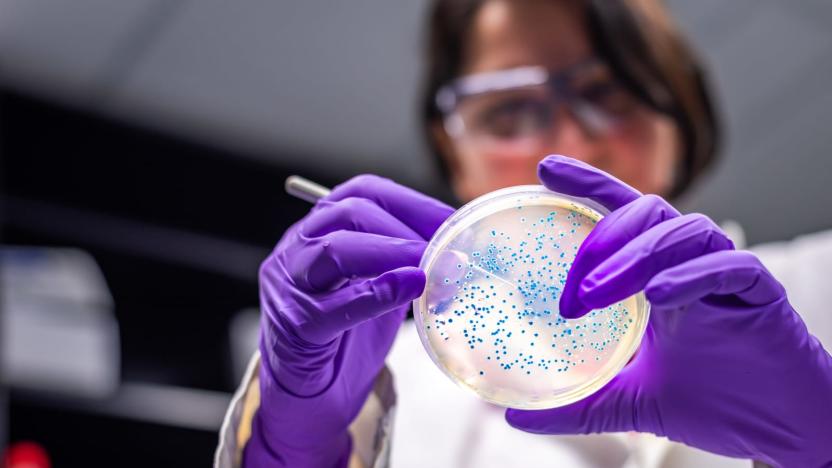
Researchers develop E. coli strain that 'eats' carbon-dioxide
While you're stuffing turkey leftovers in your belly, the last thing you want to think about is E. coli. But spare a thought for the bacterium, it's not always here to harm you (and it needs to eat, too). According to a new paper published in Cell, scientists have developed a strain of E. coli that feeds on carbon dioxide. As Nature explains, the bacteria usually prefer sugars (glucose), but the lab-created strain could be used to create biofuels with a lower emissions footprint than conventional production methods.

Honda will offset 60 percent of its US electricity use with wind and solar
Honda plans to cover 60 percent of the electricity used at its North American manufacturing plants with renewable energy. Beginning next fall, Honda will purchase 530,000 MWh per year from the Boiling Spring Wind Farm in Oklahoma. In fall 2021, it will begin receiving 482,000 MWh per year from a Texas solar facility. According to Honda, this deal is the largest single purchase of solar and wind power by any automaker.
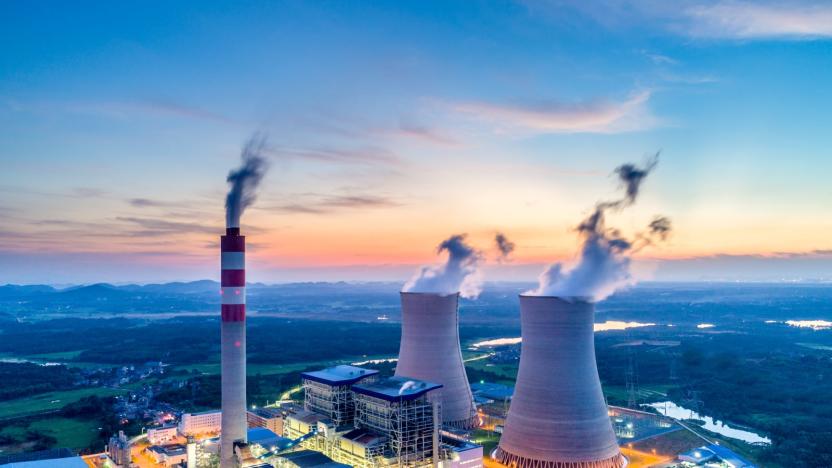
Current CO2 emissions will heat up the Earth by more than 1.5˚C
Even if we stop building power plants, factories, vehicles and home appliances immediately, we're on track to increase the global temperature by more than 1.5˚C -- the goal limit proposed by the Paris Agreement. Those existing, CO2-spewing offenders will generate an estimated 660 billion metric tons of greenhouse gases, and it will only take 580 billion tons to tip us past 1.5˚C. It gets worse. If we continue to operate existing power plants for their useful lives and we build the new facilities already planned, they'll emit two thirds of the carbon dioxide necessary to boost temperatures by a full 2˚C.

Fast delivery may negate the environmental benefits of online shopping
Many will tell you that online shopping is more eco-friendly since you don't have to drive as often, but just the opposite might be true in recent years. Axios has warned that the increasing number of super-fast delivery options may be leading to more CO2 emissions, not less. Annual emissions have increased at FedEx, UPS and the US Postal Service, and academics have blamed it on people making many small-but-fast orders through the likes of Amazon Prime and Walmart instead of bundling a bunch of products into one shipment. If you can get candy in minutes, why would you wait to include it with a bigger purchase?
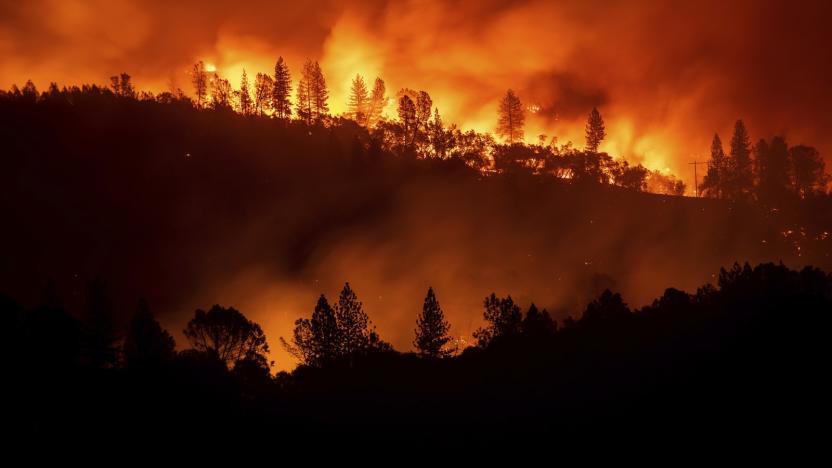
CO2 levels are the highest since humanity began
CO2 levels on Earth have officially hit 415 parts per million (ppm), according to readings taken at the Mauna Loa Observatory in Hawai'i. That's the highest level since homo sapiens came onto the planet, meteorologist Eric Holthaus tweeted, and represents an increase of 15 ppm over just the past three years. "We don't know a planet like this," Holthaus said.
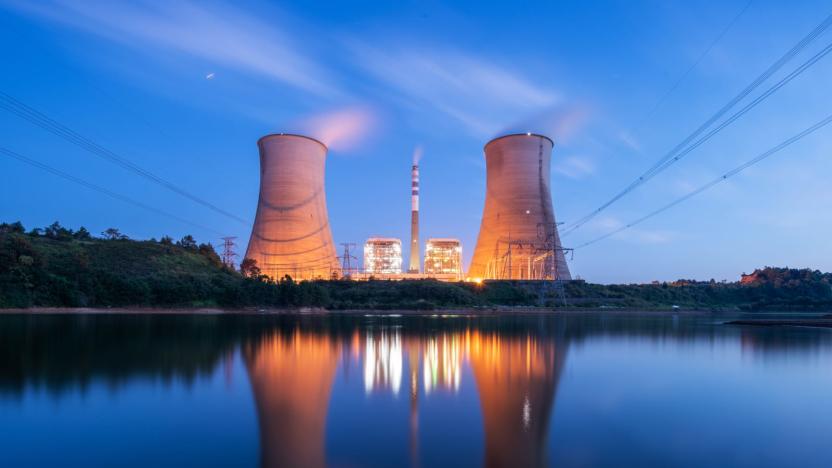
Is it time we gave nuclear power another chance?
350 parts per million. That's the figure scientists agree is the "safe" upper limit of carbon dioxide in our atmosphere. Beyond that point, it's increasingly likely that our planet will become inhospitable for the humans that cling to its surface. Crops will fail, sea levels will rise and millions, if not billions, will die in catastrophic weather events. The National Oceanic and Atmospheric Administration's Mauna Loa Observatory reports that levels have now reached 409.9 parts per million.

Etsy will offset its sellers' carbon emissions free of charge
Most of us have accepted one-click shopping as the new norm. But what we tend to forget is how much CO2 is generated by that one click. In the US, 55,000 metric tons of CO2 are produced daily as a result of online shopping package delivery, and online retailers like Etsy are working to address that. Today, Etsy announced it will offset 100 percent of its shipping-generated carbon emissions, making it the first major online shopping platform to do so.

Amazon wants half of its shipments to be carbon-neutral by 2030
Amazon doesn't have a sterling environmental record, but it is making some headway. The internet giant has launched a Shipment Zero initiative that aims for net zero carbon emissions for deliveries. While it doesn't have a timetable for achieving perfectly carbon-neutral shipping, it expects half of shipments to be net zero by 2030. It believes the rise of aircraft biofuels, electric vehicles, renewable energy and reusable packaging will make that possible.
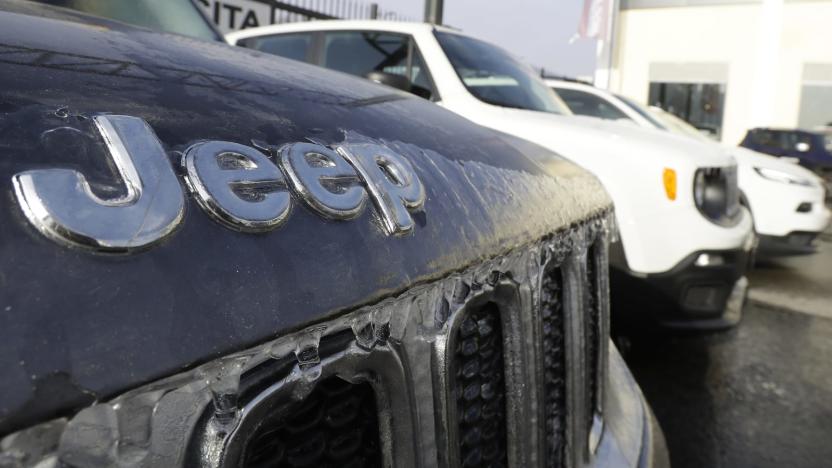
Fiat Chrysler settles with US over diesel emissions cheating
Fiat Chrysler is about to pay a stiff penalty for its alleged diesel vehicle emissions cheating. The automaker has reached a settlement with the Justice Department, EPA and California that will see it make amends for claimed violations of the country's Clean Air Act. It's launching a recall to fix the more than 100,000 diesel vehicles believed to be exceeding pollution limits. More importantly, there's a hefty financial punishment. Fiat Chrysler will pay as much as $800 million to address the case, including a combined $311 million in civil penalties, up to $280 million to address claims from owners (who get an average of $2,800 each) and $100 million for post-fix extended warranties.
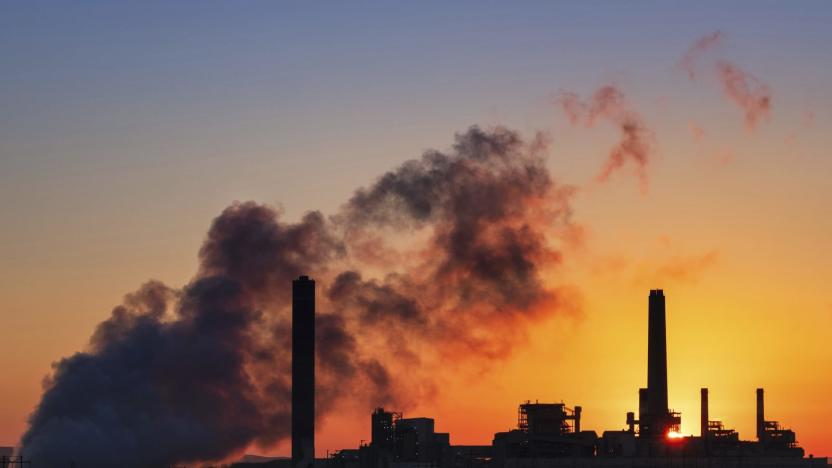
US saw the largest increase in CO2 emissions in almost a decade
The US isn't faring well in efforts to keep carbon dioxide emissions in check. Rhodium Group analysts have determined that CO2 emissions jumped 3.4 percent year-over-year in 2018, or the largest increase since 2010. The reasons for the worsening output aren't necessarily what you expect, though. The research team attributed it both to a cold winter (thus increasing the use of oil and gas for heat) and, more importantly, a then-booming economy. The growth led to greater uses of factories, aircraft and trucks that frequently aren't subject to strict environmental policies, leading to sharp upticks in emissions. Industry alone saw emissions climb by 5.7 percent.
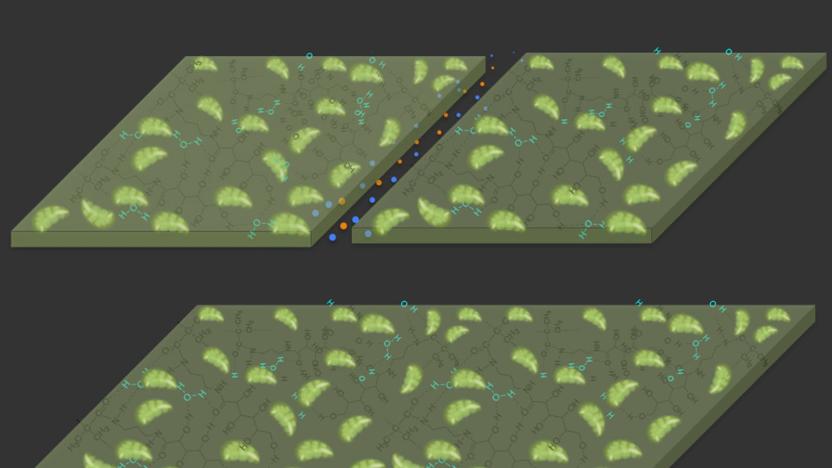
Self-repairing material plucks carbon from the air
Scientists might have a particularly clever way to help the environment: they've developed a material that can not only heal itself, but could reduce CO2 levels in the process. The substance uses its combination of a gel-like polymer with chloroplasts (cell elements that handle photosynthesis in plants) to grow by snatching carbon from the air after exposure to light. If you cracked or scratched an already-solidified piece of this material, the newly exposed sides would promptly expand and fill the gap without requiring heat, ultraviolet light or other special reactions like you see with existing self-healing products.







